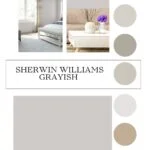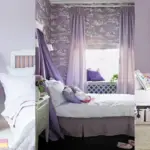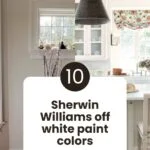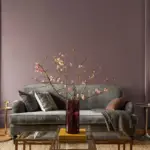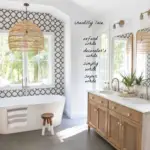Imagine this: you’re standing barefoot on a weathered wooden porch, the ocean breeze tangling your hair, sunlight dancing on the water’s surface. You open the door and step inside—and instantly, you’re wrapped in a space that feels like summer on repeat.
That magic? It’s not just the view or the sound of waves. It’s the paint colors.
The right color palette can make your beach house feel like a serene coastal retreat, even on stormy days. It can brighten gloomy corners, reflect natural light in a way that makes rooms glow, and subtly echo the landscapes outside your windows.
But here’s the catch—choosing those colors isn’t as simple as grabbing a “sea blue” swatch and calling it a day. Coastal climates are tough on paint, and not every “pretty” shade plays well with salt air, blazing sun, or shifting light.
In this guide, we’re diving deep into everything you need to know—technical tips, color psychology, real-life examples, and a big serving of inspiration—so you can choose beach house paint colors you’ll love for years to come.

Pro Grade Paint Roller Kit, Brush & Roller for Professionals & Homeowners
Perfect for smooth finishes on your interior walls. Ideal for home improvement enthusiasts!
Buy Now on AmazonKey Takeaway
Choosing the right beach house paint color isn’t just about style—it’s about durability against salty air, intense sunlight, and high humidity. Always select paints designed for coastal climates to keep your home looking fresh for years.
Understanding Beach House Aesthetics
What Defines a Beach House Style?
Beach houses share a DNA that sets them apart from city lofts or mountain cabins. They’re light-filled, easygoing, and intimately connected to their environment.

A true beach house aesthetic embraces:
- Open, airy spaces that let the outdoors in.
- Colors that mirror nature—sand, shells, sky, and surf.
- Relaxed elegance—think barefoot luxury, not formal perfection.
Pro Tip
Always test paint colors at different times of the day. Coastal light changes dramatically, and a shade that’s perfect at noon may feel dull at sunset.
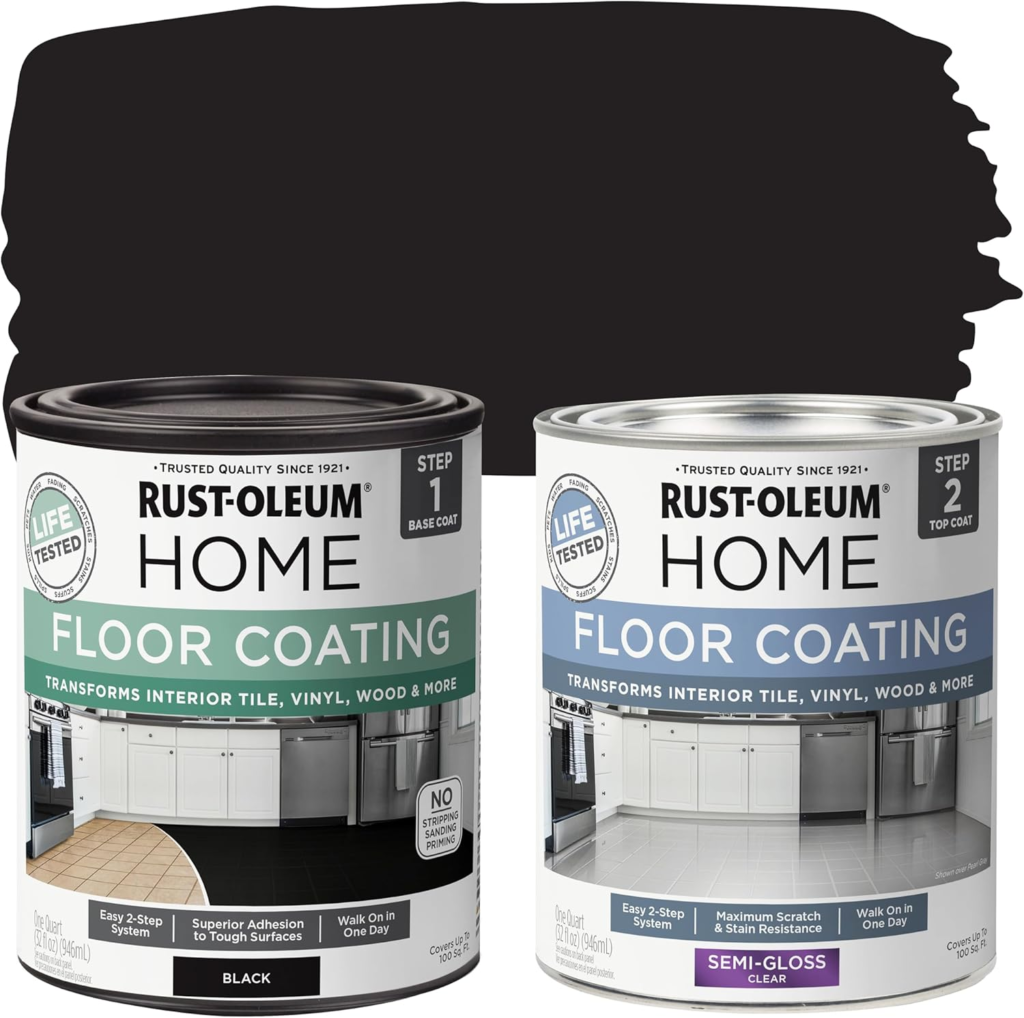
Rust-Oleum 367605 Home Interior Floor Coating Kit, Semi-Gloss Black
Ideal for updating outdated flooring at a fraction of the cost of replacement and adheres without stripping, sanding or priming.
Buy Now on AmazonCoastal vs. Tropical vs. Nautical
Coastal style leans soft and timeless—creamy whites, weathered grays, pale blues.
Tropical style goes bolder—turquoise, sunny yellows, lush greens.
Nautical style mixes deep navy, crisp white, and accents of red or brass for a maritime feel.
Each vibe has its place—but the trick is choosing the one that complements your location, architecture, and personality.

Factors to Consider Before Choosing a Beach House Paint Color
Painting a beach house isn’t just a design decision—it’s also a practical one.
- Climate & Sunlight
Coastal light changes dramatically throughout the day. A bright, cheerful color at noon might look flat or even cold by sunset. - Salt & Moisture
Salt air is brutal on paint, causing it to chalk, peel, and fade faster than in inland homes. Investing in marine-grade or high-durability paints can save you costly repaints. - Blending In or Standing Out
In a row of classic white cottages, do you want to match or pop with a coral façade? - Resale Value
If you plan to sell in the next few years, opt for neutral coastal palettes with broad appeal.
The Psychology of Beach-Inspired Colors
Color psychology is the secret weapon of great design. At the beach, it plays an even bigger role because your home is part retreat, part mood-setter.
- Whites & Creams – Fresh, airy, and timeless. They act like a blank canvas for textures and accents.
- Blues – Calm and expansive. Lighter blues mimic the sky; deeper blues add drama.
- Greens – Restorative and grounding, echoing dune grass or tropical foliage.
- Corals & Warm Accents – Cheerful and energizing, perfect for adding personality.
Pro tip: A coastal palette doesn’t mean every wall must scream “ocean.” Subtle, layered shades often feel more authentic.
Must to Note
Salt air can cause chipping and fading faster than in inland homes. Invest in high-quality, marine-grade exterior paints for maximum durability.
Best Exterior Beach House Paint Colors
Exterior paint is your home’s handshake to the world. It’s also the first line of defense against the elements.
Crisp White – The Coastal Classic
Nothing says “seaside charm” like a bright white exterior with navy shutters. White reflects sunlight, stays cool, and works in both historic and modern designs.

Soft Beige and Sand Tones
Perfect for homes nestled in dunes or surrounded by natural landscapes. These shades feel warm yet understated.
Don’t Skip This
Even small details like trim and door colors can transform a beach house. Coordinating accents with the main palette creates a polished, cohesive look.
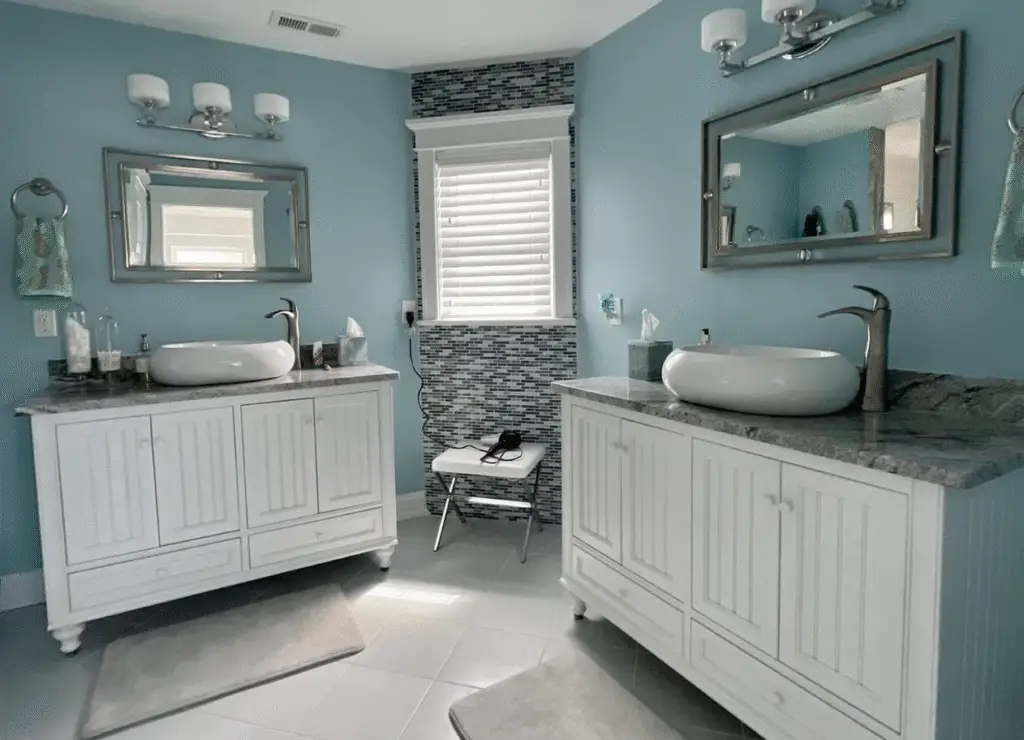
Nautical Navy and Deep Blues
Navy offers sophistication and pairs beautifully with white trim and brass fixtures. Great for shingle-style homes.
Sage Green and Seagrass Hues
Understated and earthy, green exteriors blend seamlessly with surrounding foliage.

Pastel Blues and Sky-Inspired Shades
A gentle nod to the sky above—these shades are soft enough to feel timeless but still distinctive.
Weathered Gray for a Driftwood Look
Gray exteriors feel modern yet organic, especially when paired with white trim.
Best Interior Beach House Paint Colors
Light Aqua and Seafoam Green
These shades instantly transport you to the shoreline. They’re especially lovely in kitchens and bathrooms.

Warm Whites for a Sun-Kissed Glow
Avoid cold, stark whites. Choose creamy tones that feel cozy even in cloudy weather.
Sandy Neutrals for Versatility
From living rooms to bedrooms, sandy tones pair beautifully with coastal décor.
Ocean Blues for a Bold Statement
A deep ocean blue accent wall in the dining room? Yes, please.
Why It’s Best
Light neutrals like soft beige, warm white, and driftwood gray not only reflect the beauty of the shore but also stand the test of time for resale value.
Coral and Sunset-Inspired Accents
Perfect for small doses—think an entryway wall or painted furniture.
Muted Teals for a Calm Vibe
Balanced between blue and green, muted teals are serene without being boring.
Room-by-Room Beach House Color Ideas
- Living Room – Soft neutrals, layered textures, blue accents.
- Kitchen – White cabinetry, aqua backsplash, sandy beige walls.
- Bedrooms – Pale blue or sage for instant calm.
- Bathrooms – Seafoam with white wainscoting.
- Entryways – Light, bright tones for a cheerful welcome.
- Outdoor Spaces – Coordinate deck railings and trim for harmony.
Related Article
Want more coastal color inspiration? Check out our guide: Best Paint Colors That Go With Oak Cabinets for fresh, timeless palette ideas.
Popular Paint Brands and Their Best Coastal Shades
Benjamin Moore: White Dove, Sea Salt, Hale Navy
Sherwin-Williams: Sea Salt, Pure White, Naval
Behr: Watery, Swiss Coffee, Ocean Boulevard
Valspar: Sea Kiss, Summer Gray, Blue Whisper
Choosing from a brand’s coastal collection can save you the trial-and-error of endless swatches.
Pairing Beach House Paint Colors with Trim and Accents
- White trim for clean contrast.
- Dark trim for bold definition.
- Natural wood for warmth and texture.
Small details—like a turquoise front door or red Adirondack chairs—can bring a whole palette to life.
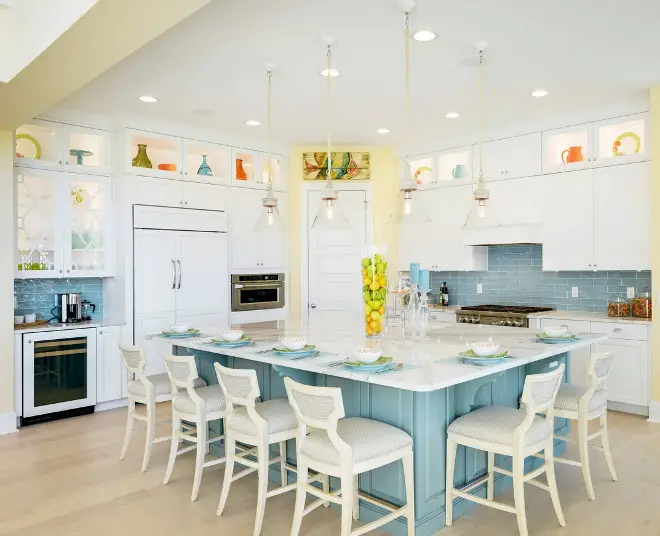
Combining Colors for a Layered Coastal Look
A beach house doesn’t have to be monochromatic. You can:
- Use two-tone exteriors (light upper, darker lower).
- Keep walls neutral and bring in color through furniture and art.
- Add accent walls to highlight architectural features.
Tips for Making Small Beach Houses Feel Bigger with Color
- Use light-reflective finishes to bounce light.
- Keep ceilings lighter than walls.
- Avoid breaking up rooms with too many contrasting shades.

Mistakes to Avoid When Painting a Beach House
- Using indoor-only paint outside.
- Ignoring how natural light changes a color’s appearance.
- Overdoing bright tropical shades in small rooms.
How to Test and Choose the Perfect Beach House Color
- Buy large paint samples—not tiny chips.
- Test on multiple walls.
- Check colors at sunrise, midday, and sunset.
- Compare against flooring and fabrics.
Protective Paint Finishes for Coastal Homes
For exteriors, choose marine-grade finishes with UV and mildew resistance. Indoors, use washable finishes like eggshell or satin in high-traffic areas.
Eco-friendly, low-VOC paints are a win for indoor air quality—especially in tightly sealed beach homes.
Seasonal Inspiration for Beach House Colors
- Summer – Aqua, coral, white.
- Autumn – Sage, driftwood gray, sandy beige.
- Winter – Cool blue-grays, snow white.
- Spring – Pastel blush, mint, pale yellow.
Modern Coastal Color Trends for 2025
- Minimalist Coastal – White-on-white, natural textures.
- Earthy Luxe – Olive green, clay, rattan accents.
- Retro Coastal – Turquoise pops with creamy neutrals.
FAQs About Beach House Paint Colors
Which colors last longest by the ocean?
Light neutrals resist fading better than saturated shades.
Are bright tropical exteriors good for resale?
They’re fun, but neutrals appeal to more buyers.
How often should you repaint a beach house?
Exteriors: every 5–7 years. Interiors: as needed.
What’s the most low-maintenance color?
Mid-tone neutrals hide dirt and salt spray best.
Conclusion
Choosing the best beach house paint colors is equal parts art and science. It’s about capturing the soul of the coast while protecting your home from the elements. Whether you lean toward crisp whites, sun-washed pastels, or deep nautical blues, the perfect palette can make your home feel like a vacation every day.
So go ahead—grab some swatches, test them in the sunlight, and find the colors that make you smile every time you walk through the door. And if you’ve already found your dream coastal shade, share it below—I’d love to see how you’ve brought the beach into your home.



